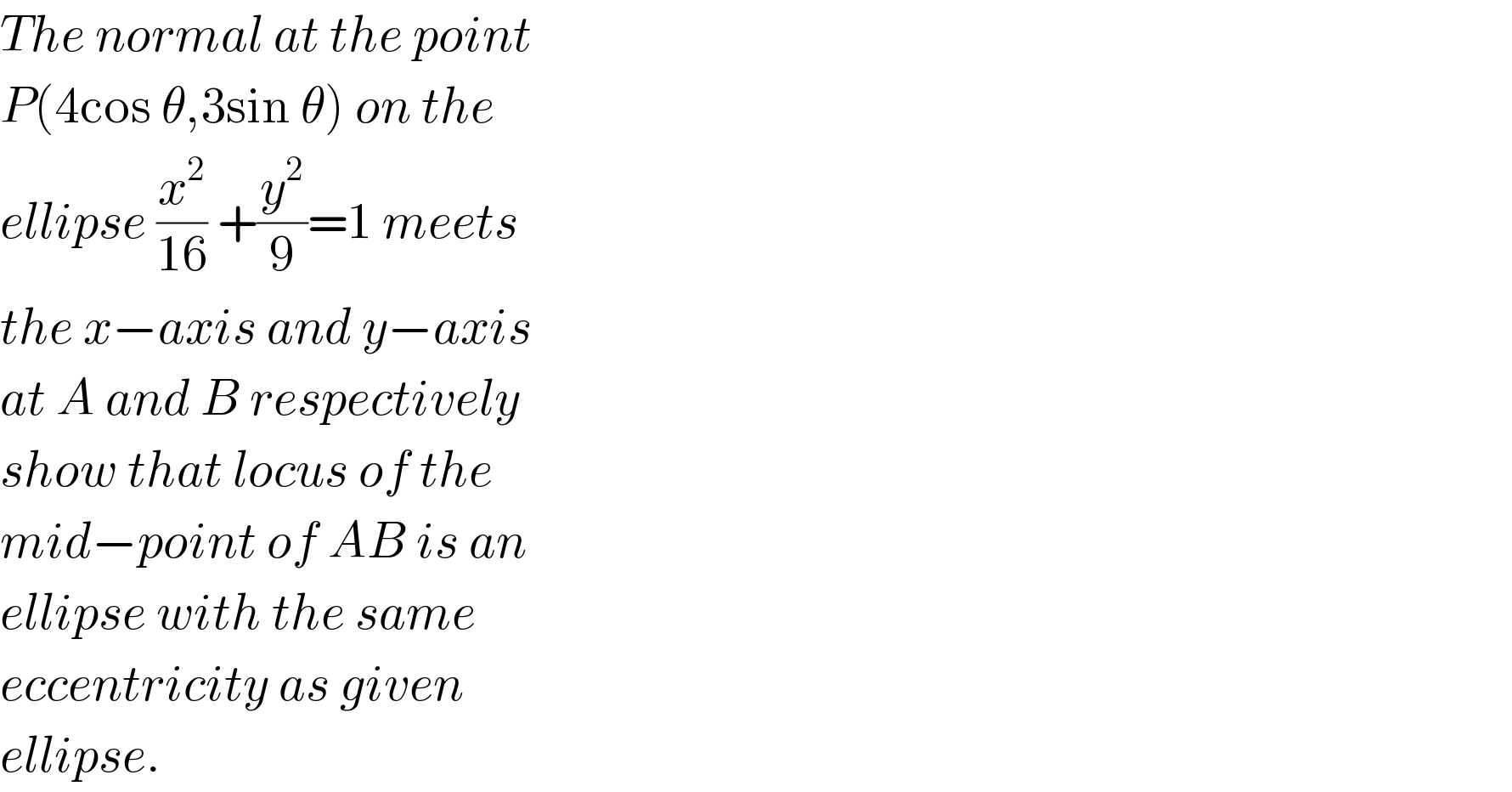
Question and Answers Forum
Question Number 62753 by peter frank last updated on 24/Jun/19

Answered by Hope last updated on 25/Jun/19

| ||
Question and Answers Forum | ||
Question Number 62753 by peter frank last updated on 24/Jun/19 | ||
 | ||
Answered by Hope last updated on 25/Jun/19 | ||
 | ||
| ||